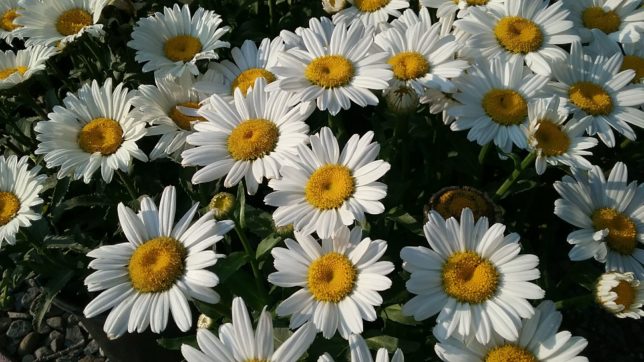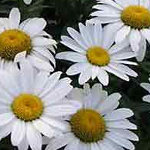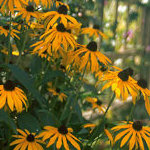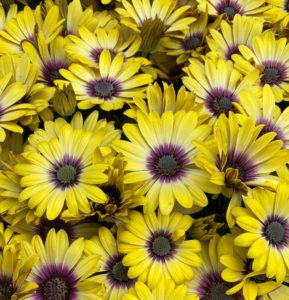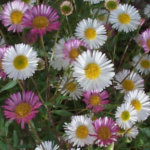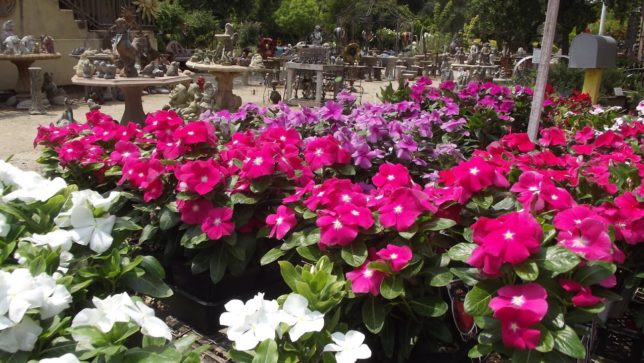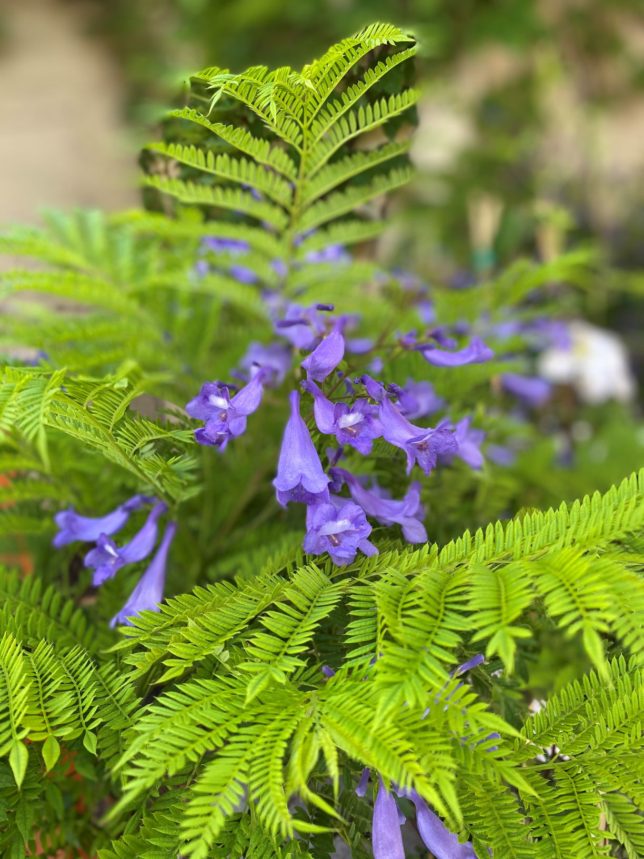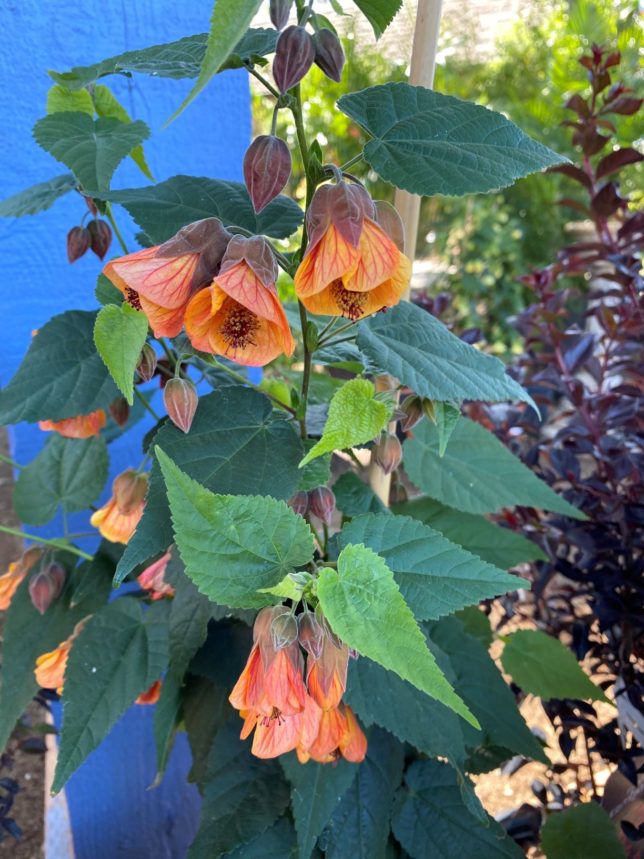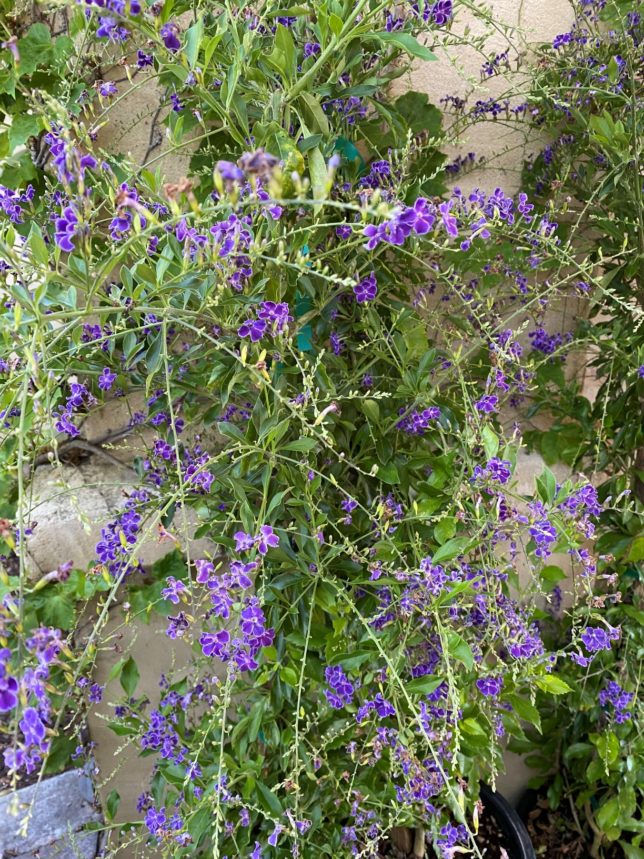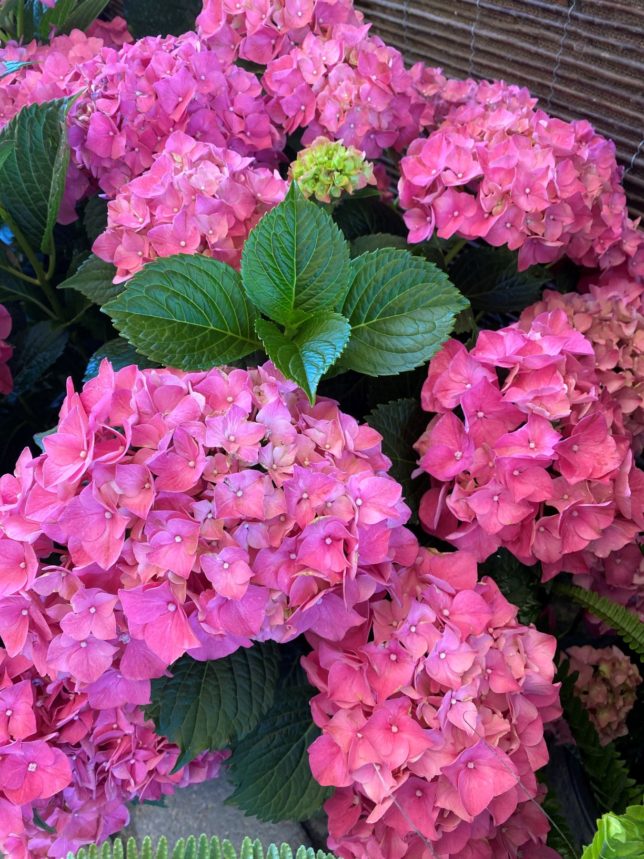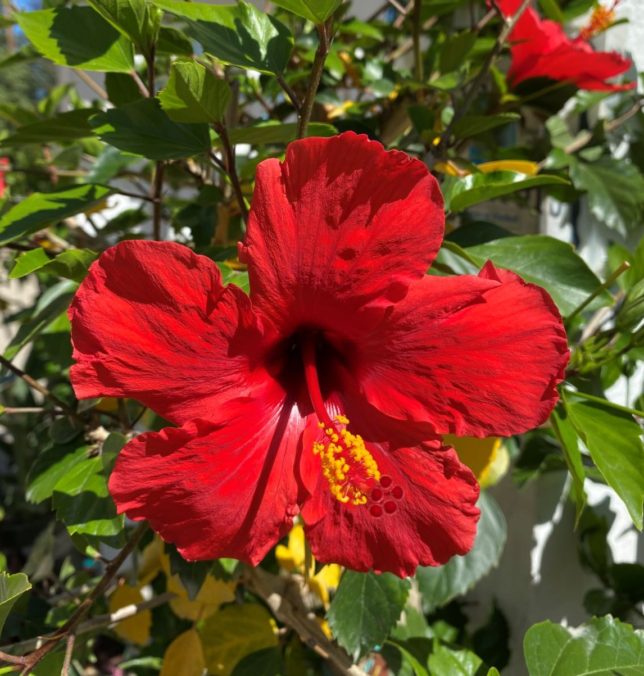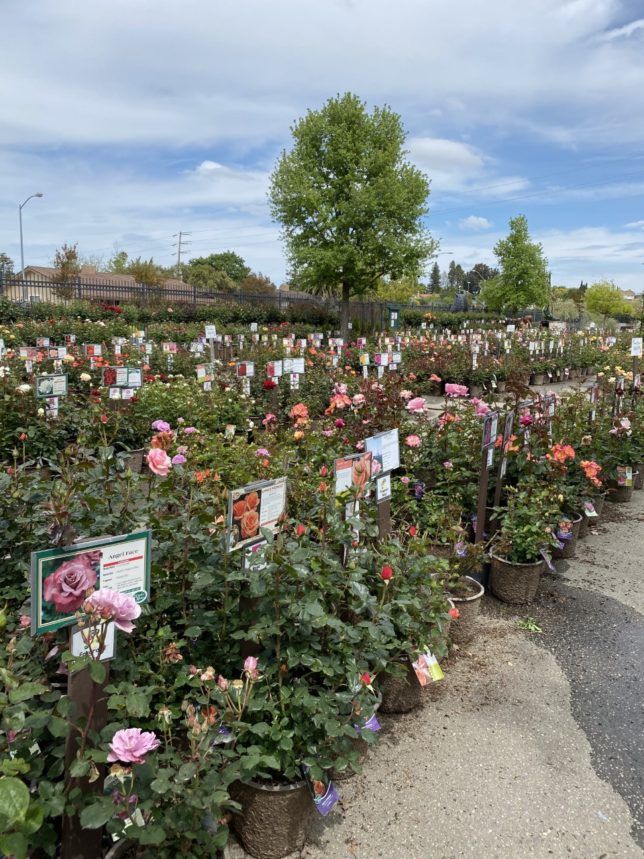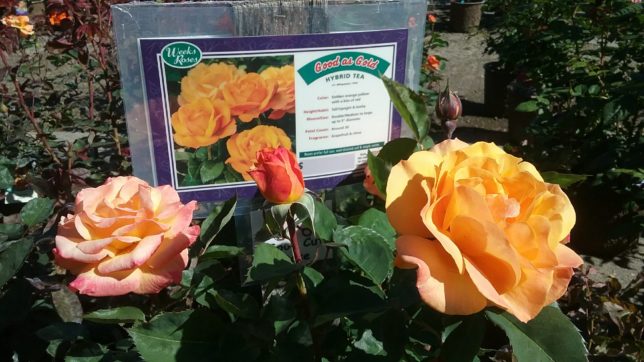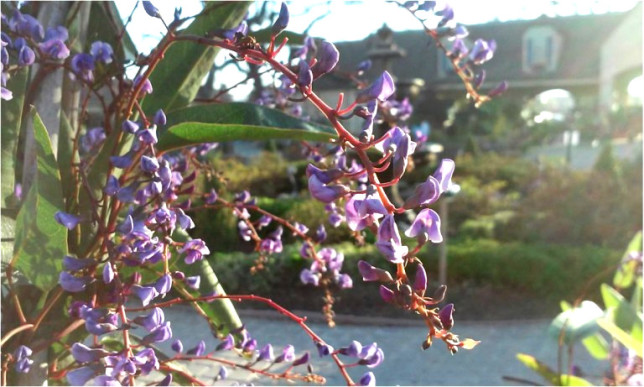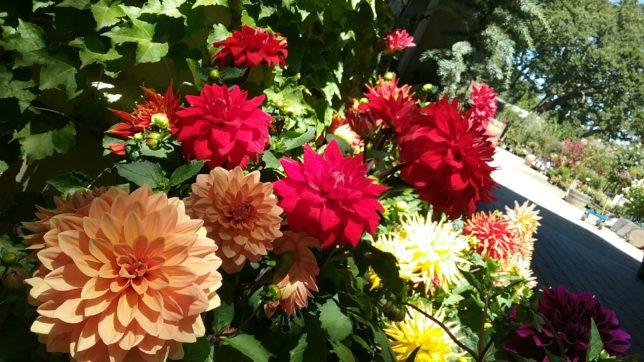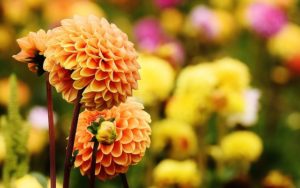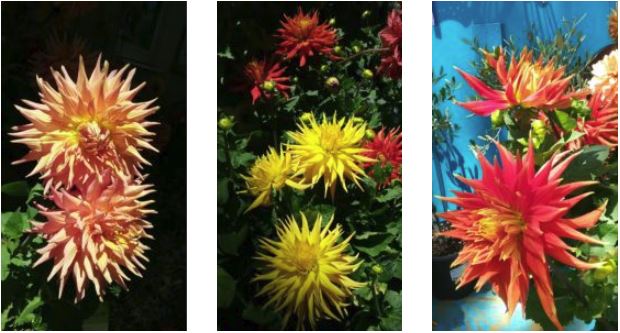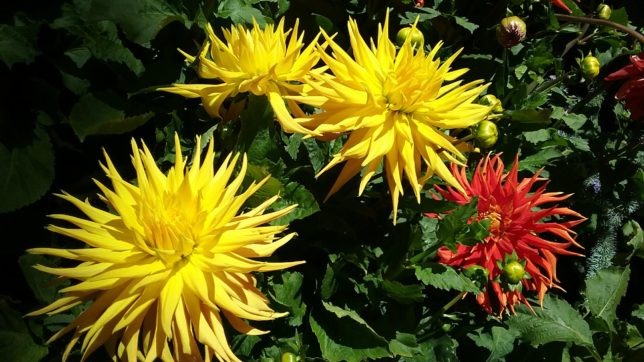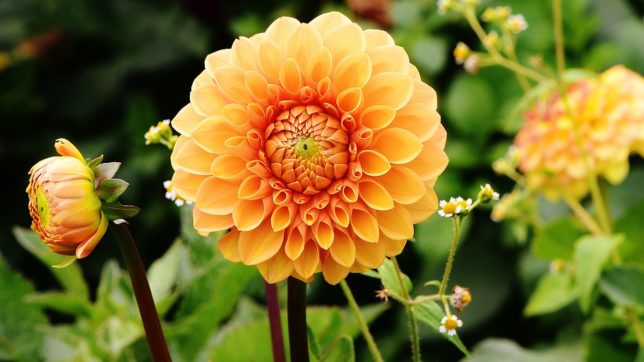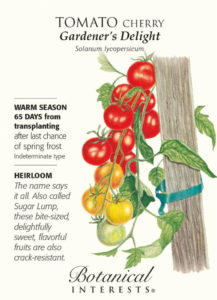 Choosing Tomato Varieties
Choosing Tomato Varieties
We have a vast collection of tomato seeds ready for starting. We also have a beginning assortment of tomato starts in our bedding department.
Tomatoes group nicely into types according to growth habit and production.
Determinate types grow in a compact, bush form, requiring little or no staking. Fruit forms on the ends of the branches; most of the crop ripens at the same time. One or more successive plantings will ensure an extended harvest period. Determinate types are often the choice of those who want a large supply of ripe fruit at once for canning. Determinate types include Ace 55 and Italian Roma.
Indeterminate varieties continue to grow and produce fruit all season until the first frost. Tomatoes in all stages of development may be on the plants at one time. The plants set fruit clusters along a vigorously growing vining stem. Under optimum conditions, some can grow over 15′, but in most home gardens they reach about 6′. Some indeterminates have a bush form with stockier vines, which set fruit clusters closer together. Indeterminate types include Beefsteak, most cherry tomatoes, and San Marzano (paste).
Semi-determinate tomatoes also continue to produce up until frost. A good one to consider is Glacier.
Tomatoes can also be also grouped by use, shape, and size.
For slicing, use tomatoes that are large and juicy.
Paste (sauce/Roma/plum) tomatoes are drier (concentrated flavor), with fewer seeds, making them ideal for a sauce but also excellent for slicing.
Cherry tomatoes are bite-sized and come in several shapes like oblong, pear-shaped or round.
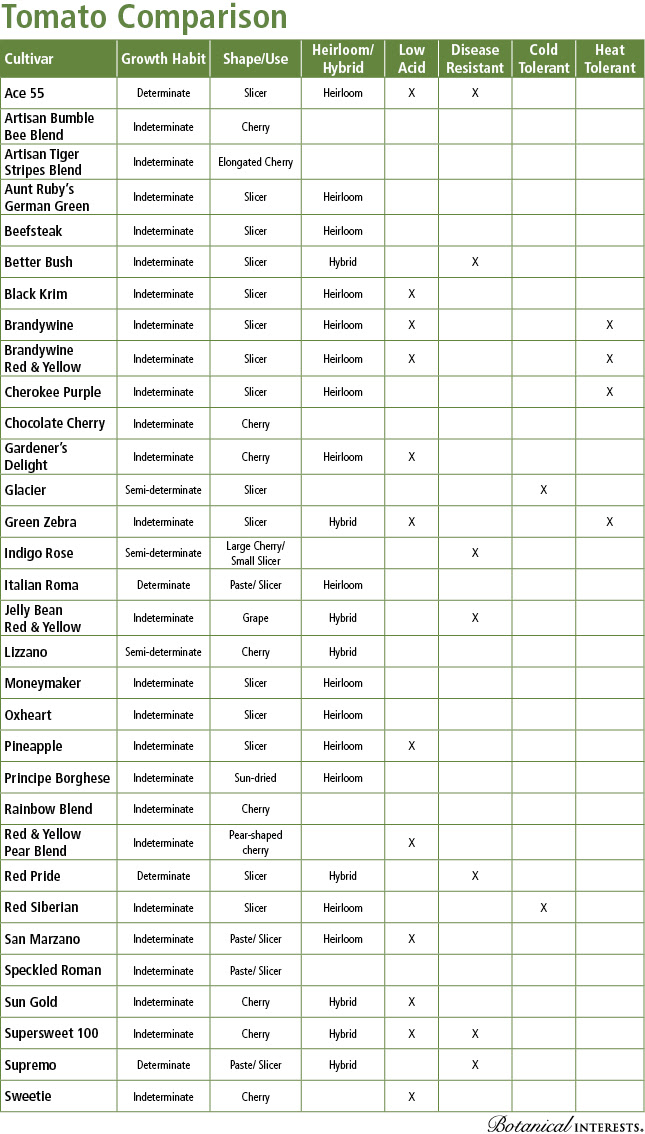

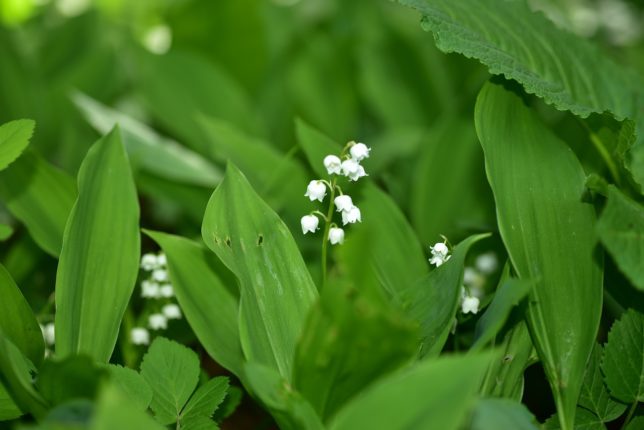 Tiny, bell-shaped flower clusters of “Lily of the Valley” are in demand. Select yours early, these often come into the nursery and are sold out before some gardeners even have a chance to pick some up.
Tiny, bell-shaped flower clusters of “Lily of the Valley” are in demand. Select yours early, these often come into the nursery and are sold out before some gardeners even have a chance to pick some up.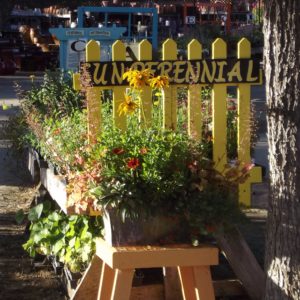 Plants planted in the heat of summer are more prone to pitfalls than any other time of the year but you can avoid some common problems and keep your plants healthy and happy despite our Valley heat and the drought by using the checklist below:
Plants planted in the heat of summer are more prone to pitfalls than any other time of the year but you can avoid some common problems and keep your plants healthy and happy despite our Valley heat and the drought by using the checklist below: